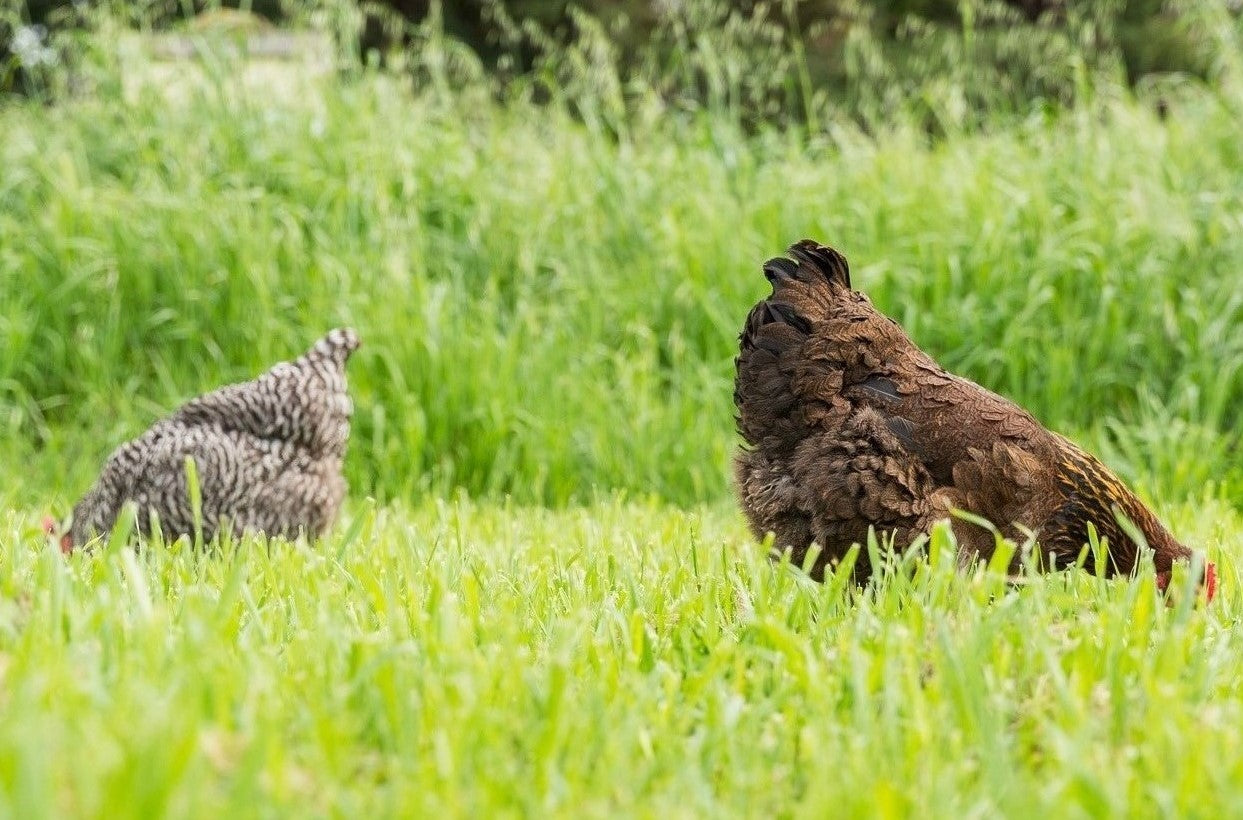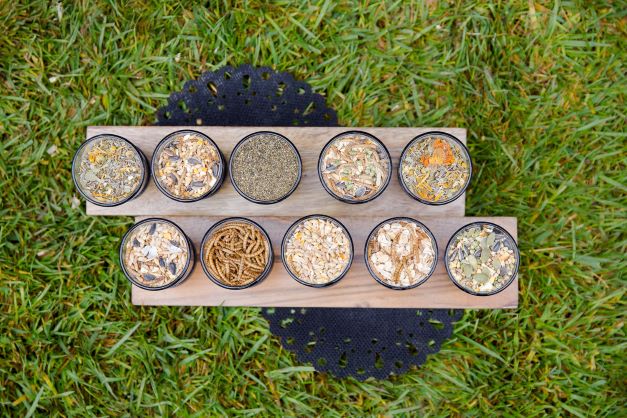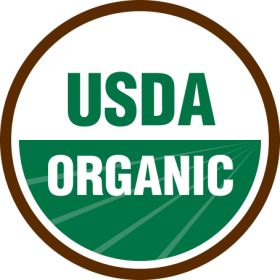
Hi Treats for Chickens community, it's me, Dawn!
Welcome to Treats for Chickens' Complete Guide Series (well, I plan to make this a series. Fingers-crossed). Because as a fellow chicken parent, I cannot help but learn more about different chicken breeds- that I could include in my lovable flock. So, here I am sharing a few chicken facts on the Australorp.
Many cool things have come out of Australia - like Ugg Boots, the late great Heath Ledger, the late great Steve Irwin, Christopher Hemsworth, Koalas, and drum roll please... Australorp chickens!
What is there not to love about this Australian breed with beautiful soft feathers, white toe nails, black beaks, black legs, and upright red single combs?

Australorps go way back to the early 1900s. Back in the day, some Black Orpington chickens were exported from England to Australia for Aussie breeders to cross with various chicken breeds to improve the Black Orpington chickens use for meat and eggs.
Rhode Island Red chickens were the main breed crossed with Black Orpingtons to create Australorp hens and Australorp roosters. To a lesser degree, Minorca, White Leghorn, and Langshan chickens were also bred with Black Orpingtons to produce Australorps as well.
Did you know that Australorp chickens weren’t always called Australorps? At one time the birds were just called Australian Black Orpingtons.
Pretty original, huh? I mean what better name to call Black Orpingtons bred with other chickens in Australia? But what a mouthful! The name was eventually shortened to Australorp which has a much catchier ring to it, wouldn't you agree, mate?

Now let's talk colors (colours). There are 3 recognized Australorp colors. The most common color is the Black Australorp - a glossy black chicken with a beetle-green sheen. Followed by the Blue Australorp which has blue-ish gray feathers with slight lacing. Lastly, there is the White Australorp which is much less widespread.
Other colors aren’t recognized as main Australorp colors because they are just the result of breeding the recognized color varieties of Australorp chickens with each other.
For example, the “Splash" Australorp which is light greyish-white with sprinkles of blue, is what you can get when you cross two blue Australorps, however you're most likely going to get 50% Blue, 25% Black and 25% Splash chicks. So the Splash variety isn’t recognized as a “primary” Australorp color.

Australorp chickens begin laying light to medium brown eggs from 24 to 28 weeks of age and are renowned for their egg production! These hens are great layers - and when I say great, I mean GREAT! One Australorp hen layed 364 eggs in 365 days, which is a world record (holy moley, can you say "I need a break?").
Australorp hens when properly cared for continue laying eggs through the winter months, adding to their reputation of being prolific egg layers. Probably the only time Australorp egg production drops is if the birds are sick or when they go through their annual molt, which Treats for Chickens' Molt Mender can definitely take care of.
For more information on Australorp egg product, read our 5 BEST BROWN EGG LAYING CHICKEN BREEDS.
Australorp Temperament & Lifespan
Australorps are a very gentle-natured, docile breed that can become very attached to their owners. They are calm and a delight in any urban or acreage backyard - they are also great for families with children, because they are so tame.
Australorps live approximately 6 to 10 years.

Australorp Heat & Cold Tolerance
Heat Tolerance: Not very heat tolerant.
Cold Tolerance: Does well in winter.
Australorp Chicken Size
Regular Australorps
Rooster: 8 lbs to 10 lbs
Hen: 7 lbs to 9 lbs
Cockerel: 7 lbs to 8 lbs
Pullet: 6 lbs to 7 lbs
Bantam Australorps
Rooster: 3 lbs to 4 lbs
Hen: 2 lbs to 4 lbs
Cockerel: 2 lbs
Pullet: 2 lbs
Okay, there you have it, chicken keepers. Let me know fellow Treats for Chickens parents, what other breed should we explore.
-Dawn, Treats For Chickens 🧡

Hungry for more chick wellness? Of course you do, because your flock deserves eggs (cellent) treat (ment). For health start, Treats for Chickens recommends blended organic ingredients treats: Chick! Chick!

Let's keep your flock happy + healthy!
Got something to cluck about? Have other suggestions? Questions?
Help fellow chicken parents and leave a comment below!










What colors do you get when you cross a black rooster with a white hen.